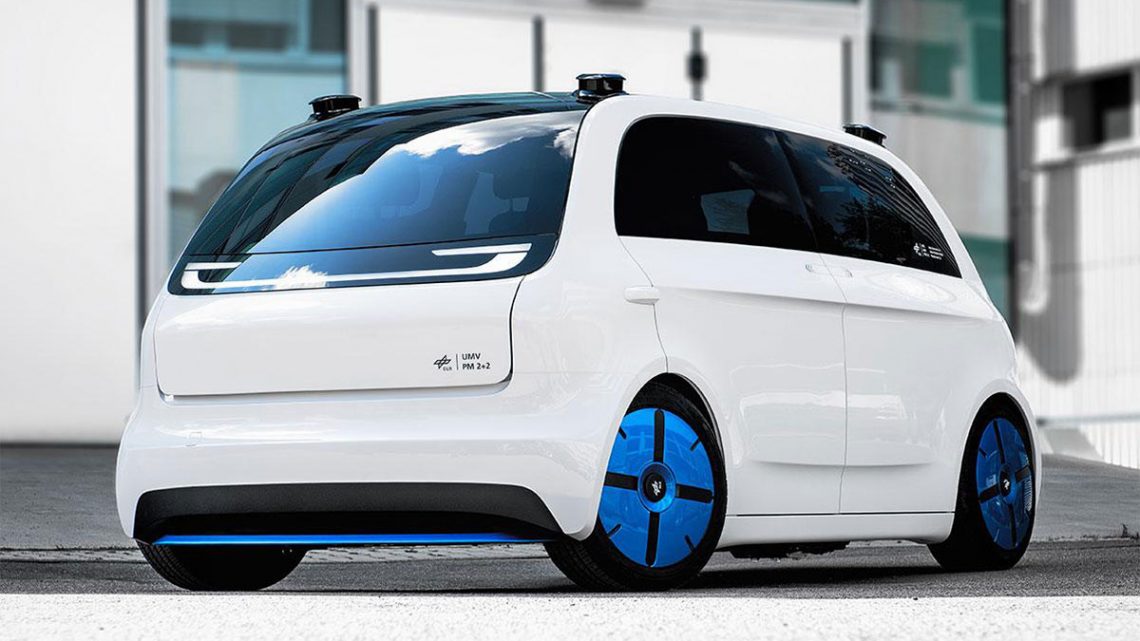
DLR presents modularly constructed electric city car
1. Oktober 2019DLR presents modularly constructed electric city car
Berlin, 1.10.2019
The German Aerospace Center (DLR) recently presented the prototype of the Urban Modular Vehicle (UMV). The modular electric city car brings together research in the fields of automated and networked driving, drive technology, vehicle design and structure, energy management and chassis mechatronics.
According to DLR traffic researchers, the UMV was developed with the aim of bringing innovations in the mobility sector onto the road quickly and cost-effectively. The demands placed on the „city car of tomorrow“ conceived for this purpose: It should drive automatically and electrically, meet high safety standards, be comfortable, flexible and cost-efficient at the same time.
„The keyword of the UMV concept is modularisation, which goes far beyond the platform construction methods used in automotive engineering,“ explains Marco Münster, head of the UMV project. From the small city runabout to the larger, autonomous versions People and Cargo Mover, all of the eight variants of the UMV family are built on a uniform basis.
The length of the UMV floor module can be adjusted, front and rear modules are uniform. The centre of the vehicle is variable and changes depending on the intended use. Multi-material construction and function integration are intended to ensure that all variants have a body structure that is matched to electric drives and offers a high level of crash safety. An overall energy management system coordinates and directs the energy flows of the interior, battery and electric motor for optimized operation.
As the first drivable prototype, the DLR traffic researchers have implemented the UMV People-Mover 2+2 variant. This vehicle offers space for four people and is to be used as an autonomous shuttle in urban areas, for example as part of on-demand mobility services. The user calls the vehicle via an app and activates it via an interface in the side window so that the sliding doors open.
The interior of the UMV 2+2 is kept simple with two central monitors providing information on driving time, route and vehicle status. The lidar and radar sensors and cameras required for automation are located on the roof, in the front bumper or in special panels.
At present, the DLR demonstrator is not yet fully autonomous, but is controlled via a sidestick. The scientists will first investigate the concept and user experience. The next step is to integrate sensor technology, hardware and software for autonomous driving manoeuvres.


